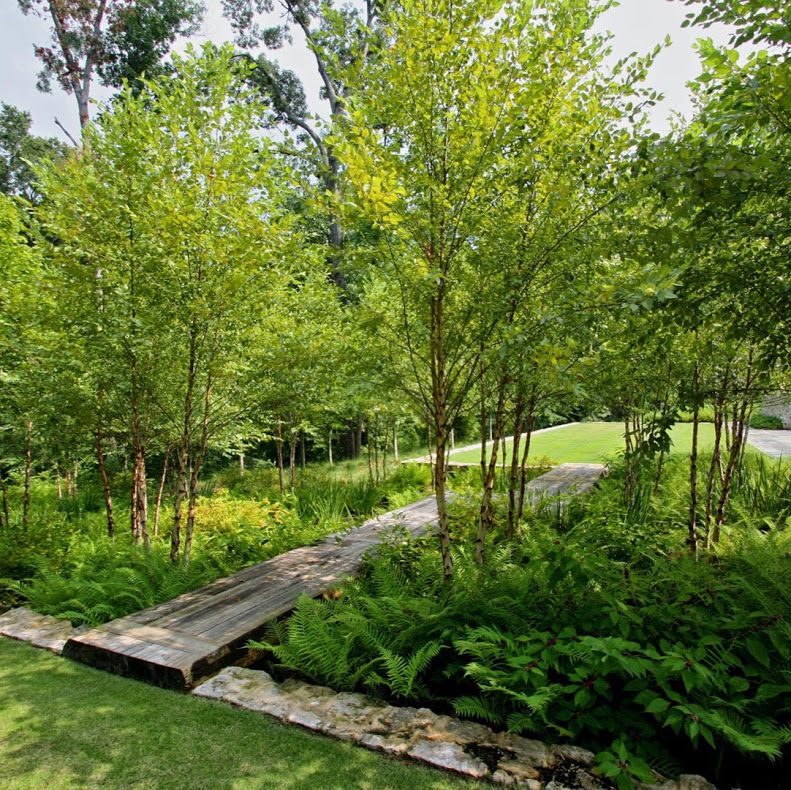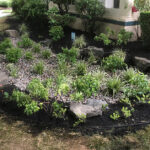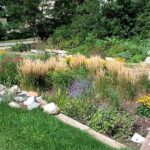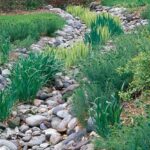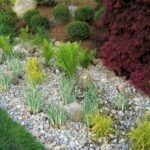Rain gardens are an eco-friendly and visually appealing solution to managing stormwater runoff. These gardens are designed to capture and absorb rainwater, reducing the amount of water that flows into storm drains and eventually into rivers and streams. Proper rain garden design is essential in order to ensure that these gardens are both effective and aesthetically pleasing.
The first step in designing a rain garden is selecting the location. It is important to choose a spot that receives a good amount of rainfall and is at least 10 feet away from the foundation of any buildings. The area should also have good drainage to prevent standing water. Additionally, it is important to consider the slope of the land in order to ensure that the rain garden will be able to catch the maximum amount of water.
Once the location has been chosen, the next step is to determine the size and shape of the rain garden. The size of the rain garden will depend on the amount of rainfall it needs to be able to accommodate. A general rule of thumb is that the garden should be about 20% of the size of the impervious surfaces that drain into it. As for the shape, rain gardens are typically designed with a slight depression in the center to capture water and gently sloping sides to facilitate drainage.
When it comes to plant selection for a rain garden, it is important to choose native species that are well-suited to the local climate and soil conditions. Native plants have deep roots that help to absorb and filter water, as well as provide habitat for local wildlife. It is also important to choose a variety of plant species in order to create a diverse and resilient ecosystem. Additionally, using mulch and compost can help to improve soil quality and reduce the need for fertilizers and pesticides.
In order to enhance the effectiveness of a rain garden, it is important to incorporate features such as berms, swales, and retention basins. Berms are raised mounds of soil that help to direct water flow towards the center of the rain garden. Swales are shallow channels that help to slow down and distribute water across the garden. Retention basins are large depressions that can hold excess water during heavy rain events. These features help to maximize the rain garden’s capacity to capture and filter water.
Overall, rain gardens are a sustainable and effective way to manage stormwater runoff while also adding beauty and biodiversity to the landscape. By carefully designing and implementing a rain garden with the right location, size, shape, plant selection, and additional features, homeowners and communities can reduce pollution and erosion, conserve water, and create a healthy and vibrant ecosystem.
